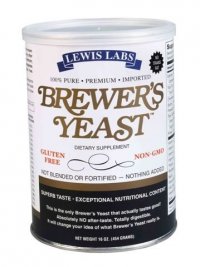This list of the 10 healthiest foods is a bit different than our 10 Super Foods list. The biggest difference is the addition of foreign foods not part of the typical American diet. Otherwise, you can’t go wrong with either list.
The problem with listing the healthiest foods is that some of them aren’t really readily available. Tomatoes, salmon, garlic and wine are traditionally available across the globe. But sea vegetables, umeboshi plums and brewer’s yeast are often hard to come by.
Unfortunately, there’s no definitive list of the healthiest foods. In fact, there’s no real way to measure it objectively.
Leafy Green Vegetables
I was a bit surprised that, after research, we came to the conclusion that leafy green vegetables, like Kale and Spinach, were #1 on the 10 healthiest foods list. But I think you’ll see why.
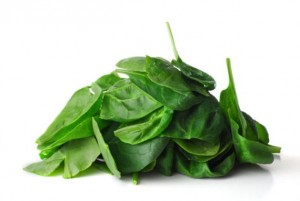
Leafy Green Vegetables are healthy because they contain these powerful nutrients:
- Vitamin B1 which aids digestion and converts excess carbs to fat. (also B1 is the most common nutrient among the 10 healthiest foods)
- Vitamin B2 which improves immunity and is important for the release of energy in the Kreb’s cycle.
- Vitamin C helps heal wounds, maintains tissues and joints and is full of antioxidants.
- Vitamin K which is a blood coagulant and antibacterial.
- Choline is crucial for fetal development, metabolism and fat transport.
- Folic Acid (found in raw spinach)is important for cell growth, the formation of red blood cells and reproduction.
- A healthy does of Calcium helps nerve transmission, maintains muscle tone and helps blood clot
- Cobalt maintains red blood cells, aids absorption of B12
- Iodine stimulates the thyroid which regulates digestion
- Potassium maintains your mineral balance inside the cells
- Magnesium is good for bones, skin, nerve and teeth health.
- Iron helps form hemoglobin and myoglobin, aids endurance and the absorption of Vitamin C
- Phosphorus – inhibits sugar absorption
- Sodium aids digestion and elimination of carbon dioxide in the body
- PABA helps break down proteins, from red blood cells, produces folic acid
Brewer’s Yeast
Not all of the ten healthiest foods are tasty. I’ve yet to find a way to make brewer’s yeast edible. Most treat it like oat bran and put it on their yogurt, or in smoothies. I’ve tried it both ways, still tastes like Brewer’s Yeast.
Brewer’s Yeast made the list because it’s a highly concentrated mix of valuable nutrients:
- Vitamin B1 which aids digestion and converts excess carbs to fat
- Vitamin B2 which improves immunity and is important for the release of energy in the Kreb’s cycle.
- Vitamin D, an important nutrient for the absorption of calcium
- Niacin, a B Vitamin important in the release of energy by carbs
- Folic Acid which is important for cell growth, the formation of red blood cells and reproduction.
- Lipoic Acid an important energy creator
- Chromium which increases the effectiveness of insulin, stimulates enzymes and it plays an important role in the synthesis of fatty acids
- Iron helps form hemoglobin, which carries oxygen to the cells, produces myoglobin, aids endurance and in the absorption of Vitamin C
- Zinc, good for development and digestion. Is an important component of insulin, semen and carb digestion.
- PABA which helps break down proteins, form red blood cells, and produces folic acid
- Pantothenic Acid important for stress reduction, in the formation of fats, and aids adrenal glands
Brewer’s Yeast isn’t found everywhere. Occasionally you can find it in your supermarket; otherwise, I’d just order it here through Amazon and avoid the hassle. Click here to go to Amazon.
Sea Vegetables
Sea Vegetables include sea wakame, spirulina, kelp, nori, dulse and chlorella. You’ll traditionally find them in Japanese restaurants and oriental grocery stores. Sea Vegetables aren’t a staple part of the traditional American diet, but they are prevalent in Asian culture..
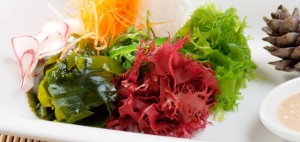
Sea Vegetables are chock full of vitamins, minerals and nutrients:
- Vitamin A is the most valuable nutrient for improvement of vision.
- Vitamin B2 improves immunity and is important for the release of energy in the Kreb’s cycle.
- Vitamin K aids blood coagulation and is an antibacterial nutrient.
- Niacin, a B vitamin, is important in the release of energy by carbs
- Chlorine which aids digestion and elimination
- Boron aids in the absorption of mineral and calcium absorption
- Calcium helps nerve transmission, maintains muscle tone and helps blood clot
- Iodine stimulates the thyroid which regulates digestion
- Iron helps form hemoglobin and myoglobin, aids endurance and the absorption of vitamin c
- Sodium aids digestion and elimination of carbon dioxide in the body
For people in need of additional iodine, sea vegetables are a terrific source. They are also alkaline in nature and help the body regulate acidic foods. Without alkaline foods in your diet, your blood has to find other ways to balance the acidity. Sometimes that means it steals calcium from your bones. That’s one of the main causes of osteoporosis.
Red Wine

Red Wine, the finest vehicle for resveratrol, is one of the few foods that show up on every “10 healthiest foods” list.
Red wine’s main benefit is the antioxidant power it carries. There are few other food sources on the planet that protect their antioxidants from exposure to oxygen. Without shielding the antioxidants from oxygen prior to consumption, they lose their main benefits.
Antioxidants are powerful because they offer the body a way to protect itself from the damage of free radicals. Since an antioxidant is a molecule that has an extra electron, it can freely donate that electron to a free radical (which is an unstable molecule). This process prevents damage, aging and ultimately disease.
During the wine-making process, from the grape vine through the grape vat to the wine cask, the grapes are pretty much shielded from oxygen until they make it to your lips.
Of course we love red wine because it’s the primary source of Resveratrol for the body. Feel free to review our chemical composition of wine graphic to see all the other nutrients.
Salmon
I wasn’t surprised that Salmon was on the list. It’s on just about every list of super foods. And for really good reason. Besides an absolute fantastic source of protein, good fats and omega 3’s, salmon is nutrient rich.
What’s in Salmon?
- Vitamin B1 aids digestion and converts excess carbs to fat
- Vitamin B12 makes red blood cells, helps use fat for energy and prevents nerve cell degeneration.
- Protein which is necessary for muscle growth
- Copper forms elastin, forms red blood cells, is good for teeth, hair and skin, aids the cardiovascular system and releases iron for absorption

- Vitamin E reduces free radical damage, aids reproduction and in the utilization of fatty acids.
- Niacin, B Vitamin, is important in the release of energy by carbs
- Folic Acid is important for cell growth, the formation of red blood cells and reproduction.
- Iodine – stimulates the thyroid which regulates digestion
- Omega 3 and Omega 6 – helps regulate your heart rhythm
| 10 Healthiest Foods At A GlanceLeafy Green Vegetables, Brewer’s Yeast, Sea Vegetables, Red Wine, Salmon, Extra Virgin Olive Oil, Umboshi Plums, Honey, Sweet Potatoes, Brown Rice |
Click here to go from the 10 healthiest foods to the 10 Super Foods
Extra Virgin Olive Oil
Extra Virgin Olive Oil (sometimes called EVOO) isn’t one of the 10 healthiest foods because of its vast array of healthy nutrients. It’s on the list because it’s a vehicle for the healthiest kind of fat, a necessity of life. Avocado comes in a close 2nd to EVOO.

Olive oil is a natural juice which preserves the taste, aroma, vitamins and properties of the olive fruit. The beneficial health effects of olive oil are due to both its high content of monounsaturated fatty acids and its high content of antioxidative substances.
Olive oil is very well tolerated by the stomach. In fact, olive oil’s protective function has a beneficial effect on ulcers and gastritis. Olive oil activates the secretion of bile and pancreatic hormones much more naturally than prescribed drugs. Consequently, it lowers the incidence of gallstone formation.
Unlike the others on this list, olive oil isn’t a big source of vitamins and minerals, but it does top the list of phytonutrients. Of all the phytonutrients polyphenols offer the most benefit to the body. The following are the polyphenols found in Extra Virgin Olive Oil:
|
|
Most don’t consider olive oil an antioxidant, but polyphenols like the cyanidins act as much. It’s hard to find these kinds of health benefits in one food. (FYI – you don’t get these benefits if you cook it)
Umeboshi Plums
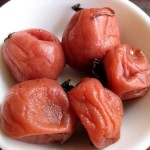
Umeboshi is the general term for pickled fruit in Japan, and is a traditional food source there. Umeboshi plums, in particular, are a highly alkalizing fruit. (They are not actually plums at all, but are more like peaches.) The Japanese pickle their plums which stimulates digestion, provides energy and helps eliminate toxins in the body.
Umeboshi plums have been proven to have antioxidant powers, antifungal powers, and natural antiseptic. The Japanese have been experimenting with the medicinal powers of umeboshi plums for a long time.
Umeboshi plums are good sources of:
- Beta Carotene (in the form of Vitamin A) is the most valuable nutrient for improvement of vision.
- Vitamin C helps heal wounds, maintains tissues and joints and is full of antioxidants.
- Potassium aids in the health of the heart, liver, kidney and other internal organs
- Sodium aids digestion and elimination of carbon dioxide in the body
- Fiber which is great for maintaining the flow of the digestive tract
Unknown to most of the U.S., umeboshi plums and other prepared umeboshi fruits would be listed first among the 10 healthiest foods. Their salty and slightly sour taste hasn’t aided their introduction to the U.S.
Honey
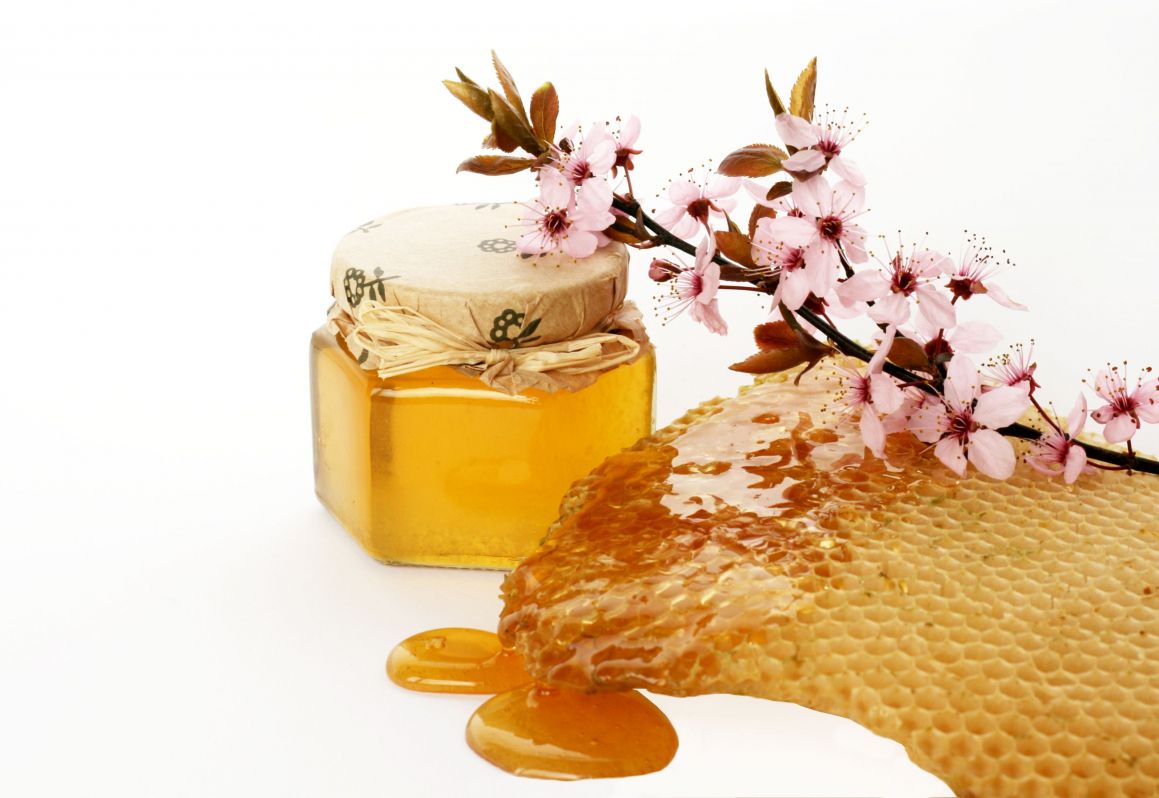
Honey has been considered one of the 10 healthiest foods since the beginning of time. The natural bacteria in honey has made it a wonderful antiseptic and digestive aid.
The antibacterial properties have been very effective against bacterial infections in the gut and other digestive tract problems. There is also a great deal of evidence that honey works better as a cough suppressant than any medications. In addition to that honey is full of the following nutrients:
- Magnesium is good for bones, skin, nerve and teeth health.
- Chlorine aids digestion and elimination
- Gluconobacter and Lactobacillus are 2 great probiotics necessary to the health of the digestive system.
- Iodine stimulates the thyroid which regulates digestion
- Potassium aids in the health of the heart, liver, kidney and other internal organs
- The proteins in honey are mostly in the form of enzymes like amylase and protease. These enzymes are included in digestive enyzme products because of their value to the digestive system.
Sweet Potatoes
Sweet potatoes are the food everyone loves to champion (except the low carb folks). Unfortunately, most of us eat them with marshmallows and brown sugar. It’s too bad we’ve conditioned ourselves to eating them sweet, because they truly are wonderful by themselves.
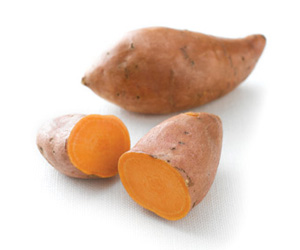
Most people know sweet potatoes are healthier than potatoes, but I doubt many would put them among the 10 healthiest foods. Let’s see what makes the sweet potato so valuable.
Sweet Potatoes provide:
- Vitamin B6 which works with proteins and amino acids
- Vitamin C helps heal wounds, maintains tissues and joints and is full of antioxidants.
- Beta Carotene (in the form of Vitamin A) is the most valuable nutrient for improvement of vision.
- Copper forms elastin, forms red blood cells, is good for teeth, hair and skin, aids the cardiovascular system and releases iron for absorption
- Potassium aids in the health of the heart, liver, kidney and other internal organs
- Niacin, a B vitamin, is important in the release of energy by carbs
- Fiber which is great for maintaining the flow of the digestive tract
Brown Rice
Grains, especially whole grains, are an essential part of a healthy diet. They are good sources of complex carbohydrates, some key vitamins and minerals and they are naturally low in fat. You could make a good argument that whole grains, not brown rice in particular, should be on the list of 10 healthiest foods.
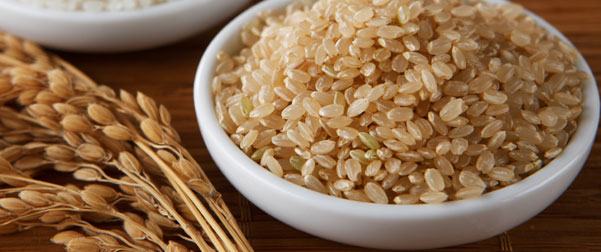
Brown rice is bit like red wine in that the nutrients are not destroyed before consumption. Only the hull is removed in the production of brown rice and thus most of the nutrients are still in tact. Whole grains are good sources of the following:
- Magnesium is good for bones, skin, nerve and teeth health.
- Selenium is an essential component of several major parts of metabolism, including thyroid hormone metabolism, antioxidant defense systems, and immune function.
- A cup of brown rice provides almost all of your daily Manganese requirements. Manganese helps your body produce cholesterol, helps turn protein and carbohydrates into energy and is used to produce sex hormones.
- It’s been shown that fiber, like the fiber in brown rice, helps reduce weight gain.
- Vitamin B6 works with proteins and amino acids
Can you survive on these foods alone?
If you just ate the 10 healthiest foods you’d be healthier than most people on earth. You’d have a complete spectrum of antioxidants, vitamins and minerals. However, you’d still be missing two crucial nutrients:
- Pantothenic acid which helps to convert food to energy is found in avocados, eggs and liver (not among the 10 healthiest foods).
- Molybdenum which aids in the absorption of iron. it’s found in dairy products, legumes, meats and grains
While red wine is healthy, it should only be consumed in small doses, so you’d be missing probably the healthiest food stuff on the planet: water
Author: Dan R Morris
